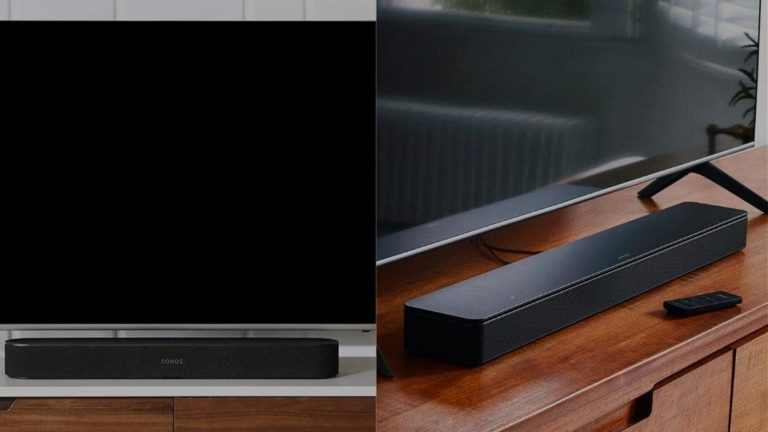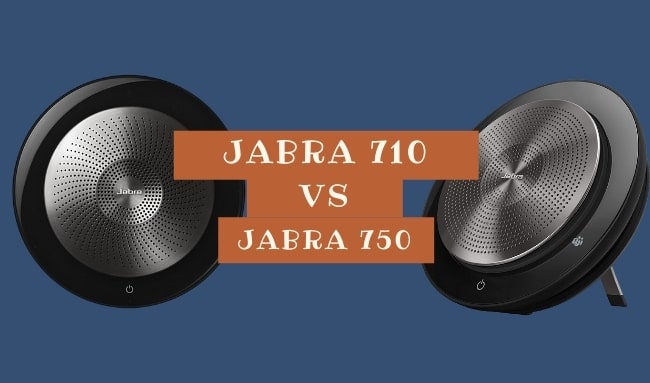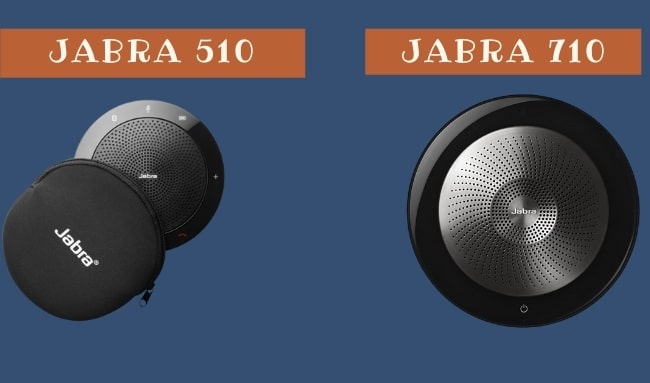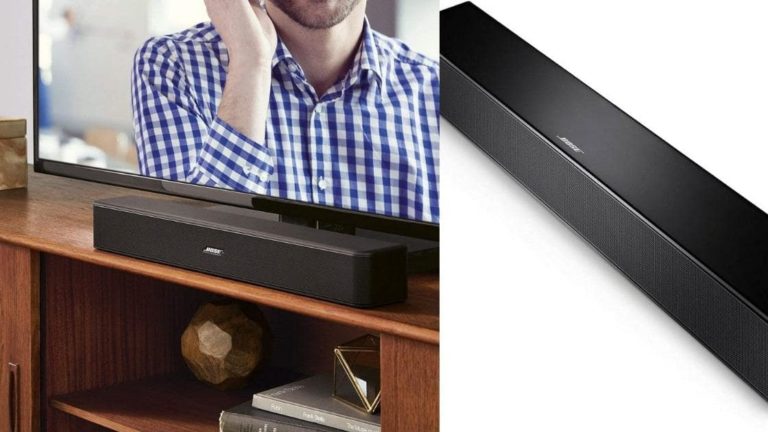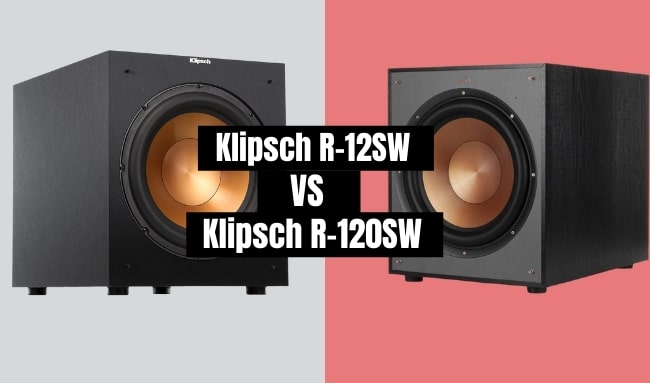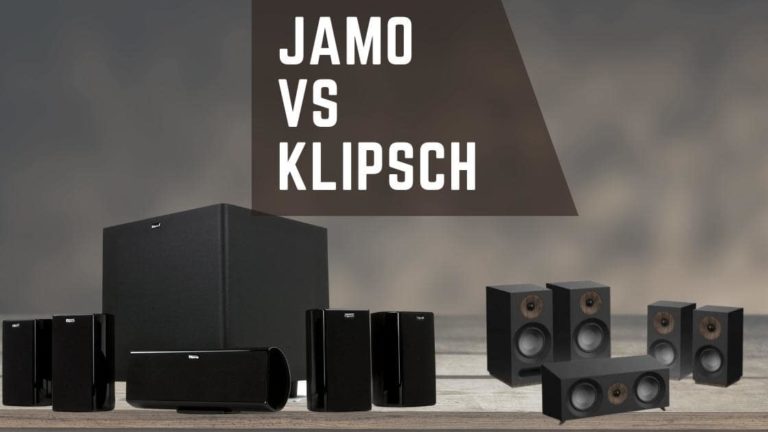Elgato wave 3 vs Blue Yeti | Which Mic is Best for You?
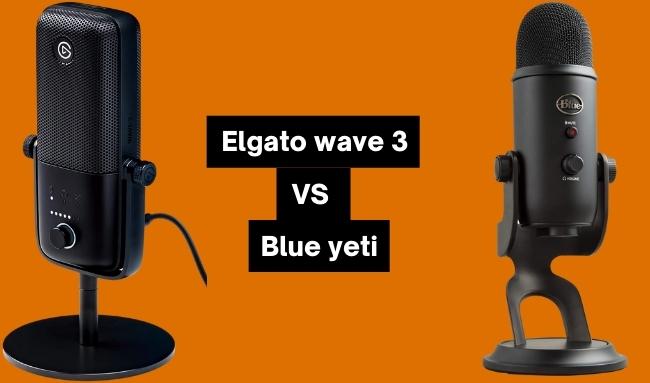
When it comes to content creation, podcasting, streaming, or any activity that demands exceptional audio quality, having a reliable and high-performing microphone is essential.
In the competitive market of microphones, two names stand out: the Elgato Wave 3 and the Blue Yeti. Both microphones have earned a reputation for delivering impressive sound, but how do they compare against each other?
In this detailed comparison, we’ll dive into the features, performance, and overall test experience of the Elgato Wave 3 and the Blue Yeti to help you make an informed decision for the best budget microphone.
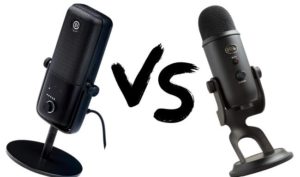
Contents
Whats the Difference Between Elgato wave 3 vs Blue Yeti?
Elgato Wave 3
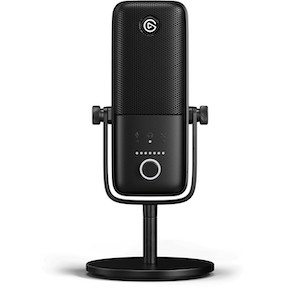
Specifications
- 9 independent channels
- Independent output mixes
- Comes with a mute function and cardioids pattern
- LED sound level indicator for controlling the audio level
- A control dial with input gain
The Elgato Wave 3 is a USB condenser microphone designed exclusively for content creators, streamers, and gamers. With its sleek and modern design, the Wave 3 immediately catches the eye. But it’s not just about looks, this microphone packs some serious power under the hood.
It features a proprietary Clipguard technology, that ensures distortion-free audio even at the loudest moments of your recording or streaming. Its 24-bit / 96 kHz analog-to-digital conversion guarantees studio-grade audio quality, providing clear, crisp sound to your audience.
It has three different adjustment options controlled with a single dial on the microphone. The first setting allows you to set the microphone level, according to your needs. Second is the volume of the output monitor. And the third is to control your computer’s audio with output monitor. These functionalities give you a variety of controls according to your requirement.
One of the standout features of the Elgato Wave 3 is its built-in hardware-based real-time monitoring, which means you can listen to yourself without any noticeable latency. Like the Blue Yeti, the Elgato Wave 3 doesn’t have polar patterns, as it is already built specifically for the Cardioid pattern, that is the best for content creators.
The immediate feedback allows for smoother recording sessions and ensures you’re always sounding your best. Lastly, it comes with U-mount and padded base heavy-duty desk stand.
Blue Yeti USB Mic for Recording and Streaming on PC
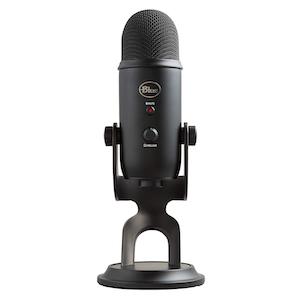
Specifications
- The yeti comes with a different controller including, headphone volume, and mute
- It is easy to set the microphone’s sensitivity by adjusting the gain control button
- This microphone can be folded for easy traveling
Blue yeti is a versatile Mic that can be used for professional podcasts, gaming, video voice, live streaming, and music recording. For different modes, the Blue Yeti offers four different polar patterns: cardioid, omnidirectional, bidirectional, and stereo.
Also, it allows you to control the gains, which will allow you to adjust how much sound the microphone will take. It’s a microphone level controller.
The flexibility allows you to tailor the recording setup to your specific needs, whether you’re recording solo, in a group, or capturing ambient sounds.
With a 16-bit / 48 kHz analog-to-digital conversion, the Blue Yeti delivers impressive audio quality that meets the demands of most content creators. Its plug-and-play functionality makes it incredibly user-friendly, making it suitable for both beginners and experienced users alike.
Performance Comparison Between Elgato wave 3 and Blue yeti
Mic Quality: Crisp Clarity vs. Versatility
When it comes to mic quality, both microphones excel, but they do have their disadvantages. The Elgato Wave 3 focuses on providing pristine clarity, ideal for solo content creators or streamers. The Clipguard technology ensures that even during intense moments of excitement, your audio remains distortion-free, making it a great choice for gamers and streamers with lively reactions.
On the other hand, the Blue Yeti’s versatility shines through its multiple polar patterns. Whether you’re narrating a podcast, conducting interviews, or recording a music session with multiple instruments, the Blue Yeti offers the flexibility to adapt to any recording situation.
Ease of Use: Simplified Setup vs. Customization
The Elgato Wave 3 takes pride in its simplified setup. With its plug-and-play functionality, you can get up and running in no time. The Wave Link software that comes with the microphone offers intuitive controls for audio mixing, making it easy to adjust volume levels for various sources.
The Blue Yeti, while not overly complex, does have a slight learning curve due to its multiple polar patterns. Switching between the patterns might require some initial experimentation. However, once you grasp the concept, it opens up a world of possibilities for various recording scenarios.
Design and Build Quality
The Elgato Wave 3 sports a contemporary design that blends seamlessly with any modern setup. Its compact form factor and metal construction exude a sense of durability and elegance.
With the base stand connected, the Blue Yeti Microphone is taller than the Elgato Wave 3 with a height of 11.5-inches. The microphone apart from the stand is 7.5 inches. While the Elgato Wave 3’s height is 8.5-inches with stand, and 6.3-inches without the stand.
On the other hand, the Blue Yeti flaunts its iconic retro design. Its sturdy build and adjustable stand provide a touch of nostalgia while delivering the best performance.
The Blue Yeti microphone made with high quality material weighs more than the Elgato Wave 3, but is more stable than Wave 3. The Blue Yeti boasts a 1.2 pounds weight and the Wave 3 is around 0.6 pounds.
In conclusion, the build quality of Blue Yeti is better than the Elgato Wave 3, however, Wave 3 being lighter makes it easy to carry.
Final Verdict: Which Mic Wins?
In the battle of Elgato Wave 3 vs. Blue Yeti, Elgato Wave 3 takes the win as it has crystal clear audio quality, especially during intense streaming or gaming sessions. It features a sleek and modern design that will complements your setup. Lastly, it has real-time monitoring.
Frequently Asked Questions – FAQs
1. Can the Elgato Wave 3 be used with a console or only on a PC?
The Elgato Wave 3 is primarily designed for use with a PC. However, it is not limited to just PCs. With its USB connection, you can use the Wave 3 with compatible gaming consoles like PlayStation and Xbox. This versatility makes it a great choice for gamers who want to stream their console gameplay with top-notch audio quality.
2. Does the Blue Yeti require any additional software to operate?
No, the Blue Yeti does not require any additional software for basic operation. It is a plug-and-play microphone, meaning you can simply connect it to your computer or device via USB, and it will work right away.
However, if you wish to access more advanced features or customize the microphone settings, you can use the Blue Sherpa software, which provides additional control over the microphone’s functionality.
3. Which microphone is better for recording vocals and instruments?
Both the Elgato Wave 3 and the Blue Yeti are capable of recording vocals and instruments with great clarity. If you’re looking for a straightforward setup and prioritize pristine vocal recordings, the Elgato Wave 3 might be the better choice.
However, if you require versatility to capture various instruments in different recording scenarios, the Blue Yeti’s multiple polar patterns offer more options for experimentation and customization.
4. Can I use the Elgato Wave 3 and the Blue Yeti simultaneously for streaming or recording?
Yes, you can use both microphones simultaneously for streaming or recording. The Elgato Wave 3 and the Blue Yeti can be connected to your computer or device via USB, and most streaming and recording software should allow you to select multiple audio sources.
This enables you to have different microphones for different applications, such as using the Elgato Wave 3 for your solo commentary while using the Blue Yeti to capture interviews or group discussions.
5. Does the Elgato Wave 3 have any special features for streamers?
Yes, the Elgato Wave 3 comes with some features tailored specifically for streamers. The built-in hardware-based real-time monitoring ensures that you can hear yourself with zero latency, which is essential for maintaining a smooth and engaging stream.
Additionally, the Wave Link software provided with the microphone offers intuitive audio mixing controls, allowing you to adjust volume levels for different audio sources, such as your game sound, music, and microphone, all in one place.
6. Can I connect the Blue Yeti to my mobile device for recording on the go?
Yes, you can connect the Blue Yeti to some mobile devices that support USB audio input. However, please note that not all mobile devices will be compatible with the Blue Yeti. You may need an additional adapter or connector depending on your device’s port configuration. Always check the manufacturer’s specifications and recommendations to ensure compatibility.
Read More: Ue Hyperboom vs Jbl Boombox | Whats the Difference?

